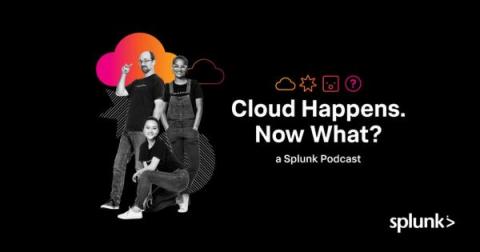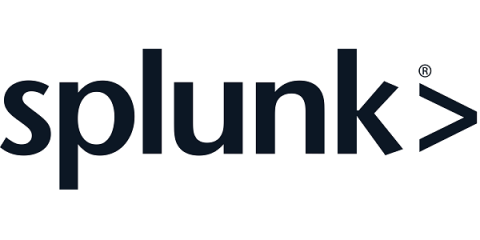Getting Started with Machine Learning at Splunk
I’m sure many of you have heard of our Machine Learning Toolkit (MLTK) app and may even have played around with it. Some of you might actually have production workloads that rely on MLTK without being aware of it, such as predictive analytics in Splunk IT Service Intelligence (ITSI) or MLTK searches in Splunk Enterprise Security.















